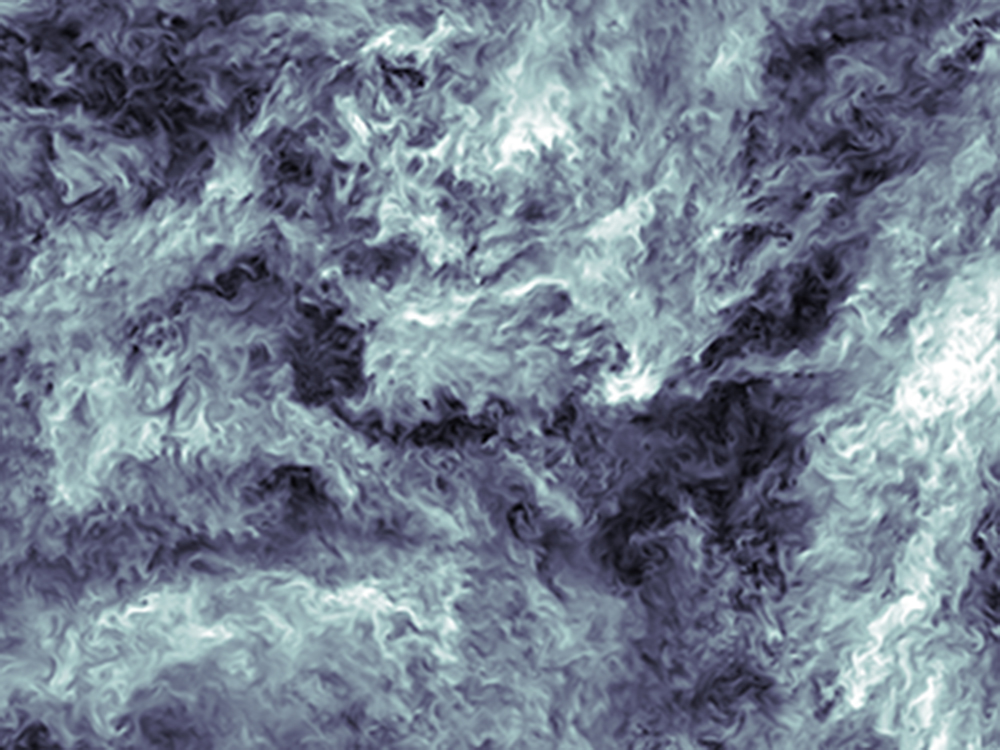By Jana Winkler, University of Basel Original article
Looking into space is the same as looking into the universe’s past. Researchers aim to decode some of its biggest mysteries – using the world’s most advanced radio observatory.

Advanced research and modern technology continue to give us clearer and deeper views into space. Construction of the world’s largest and most sensitive radio observatory is currently underway – and it stands to expand our understanding of the universe at a fundamental level. With the help of the Square Kilometer Array Observatory (SKAO), researchers hope to answer questions concerning the formation of galaxies, the properties of dark matter and the continuous expansion of the universe.
The SKAO is a major undertaking, and an international committee of researchers has been planning the project since the 1990s. It is an endeavor comparable to CERN in Geneva. The radio observatory will consist of thousands of antennas set up in the Outback of Western Australia with hundreds more in the semi-desert region of Karoo in South Africa. Both sites specialize in different frequency ranges that they will use to tune in to outer space.
Swiss researchers are also part of the international effort – they form a national consortium known as SKACH. A team made up of staff from the University of Basel, the University of Zurich and the Swiss National Supercomputing Centre in Lugano is part of that consortium, and their project, known as SPH-EXA (Optimizing Smoothed Particle Hydrodynamics for Exascale Computing) brings together cutting-edge research in astrophysics and computer science.
Basic research in action
How do you research the universe, and how do you fill in the gaps where we haven’t made any observations (yet)? When it comes to these questions, researchers are mainly confronted with data: data that has already been gathered, data used to carry out calculations, and data that is expected based on the models. Computer simulations that execute the models make it possible to visualize existing knowledge and close knowledge gaps.
“Simulations allow us to perform experiments that wouldn’t be possible in the analog world,” says Rubén Cabezón, astrophysicist and scientific programmer at the Center for Scientific Computing (sciCORE) at the University of Basel and contributor to the SPH-EXA project. Such simulations are based on highly complex code and require considerable computing power.
Florina Ciorba, Professor of High Performance Computing in the Department of Mathematics and Computer Science, carries out the basic research used in the project: For years now, she and her team have been working on a hydrodynamics code capable of simulating the behavior of fluids and plasmas on supercomputers. It was not originally their aim to simulate processes in the universe. “But as it turns out, our code plays a key role in precisely this field,” says Ciorba. “After all, the universe consists mostly of gases and plasmas.”
The laws of physics and existing knowledge lay the foundation for the mathematical models that researchers use to simulate how a particular part of the universe behaved or will behave within a defined time frame. Scientists can then use the data from the SKAO and other telescopes to check these models for accuracy. “If our simulations deviate significantly from the observations, then it’s clear that part of the puzzle is missing, so we look forward to new discoveries,” says Rubén Cabezón.
Every second counts
The simulations are based on algorithms, or instructions carried out according to predefined rules. Algorithms for supercomputers, like the ones Florina Ciorba optimizes, not only deploy a series of successive instructions; they also employ simultaneous, parallel instructions and organize them as efficiently as possible. In her subject area, Ciorba researches how to “optimize the code so that no processing capacity goes to waste. The simulations running on supercomputers should utilize the computer’s full capacity at all times,” explains the computer scientist. That is because it can take days or even weeks to run the calculations needed for simulations of the universe, even if those simulations cover only a tiny sector of the universe.
According to Ciorba, the distinguishing feature of the SPH-EXA project is its interdisciplinary approach: Computer scientists and astrophysicists collaborate very closely, she emphasizes. “We work together on every step of the code design.”
Yet even once the simulation codes are finished, the work is far from over. “Murphy’s Law is our constant companion,” says Ciorba. “A lot of things don’t work according to plan the first time around.” For that reason, she and her team are always on the lookout for sources of error and inefficient processes in each simulation. “We build checkpoints into our code, so we can start over again from there, if necessary,” she explains.
Top researchers connected around the globe
The SPH-EXA project is just a small cog in the gigantic, international machine of the SKAO, and yet it is a key component: Researchers from physics and computer science are already generating valuable simulations that offer new insights into the universe. When the SKAO radio telescopes produce their first data in 2029, the codes being developed by Ciorba and her team will be ready.
The researcher is convinced: “Without supercomputers and the code optimized for these machines, it wouldn’t be possible to develop complex simulations like these or organize such large quantities of data, and research in physics would encounter limits that would be difficult to overcome.”